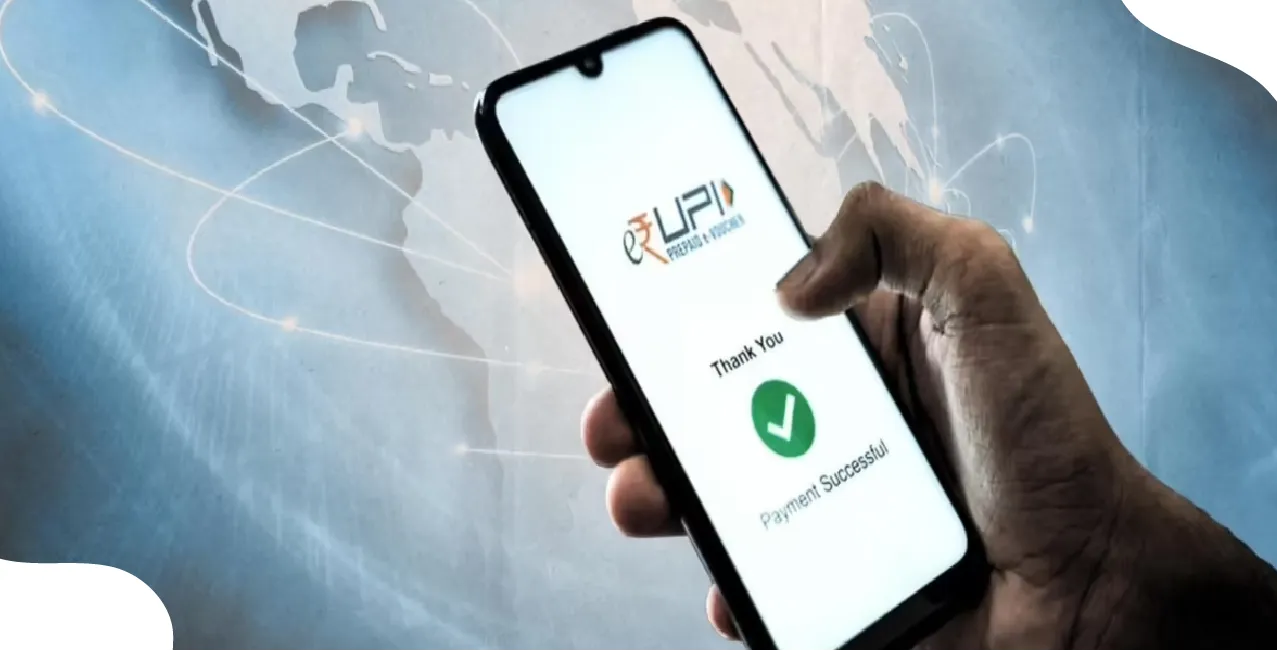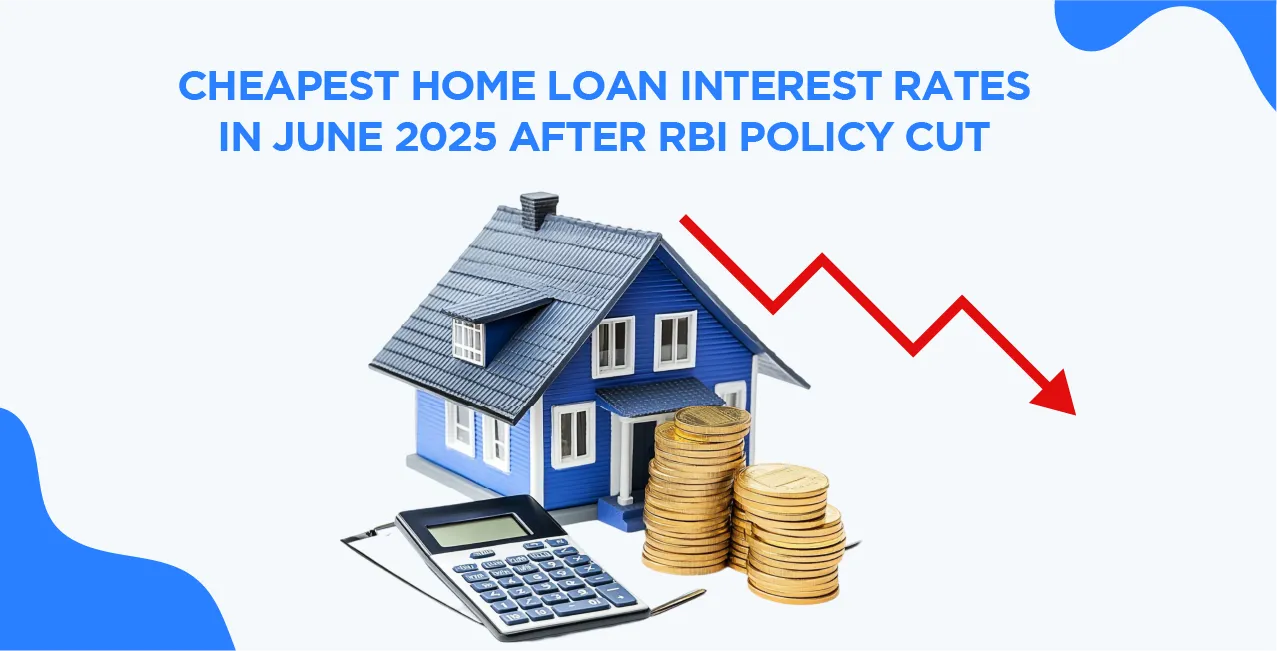
Author
LoansJagat Team
Read Time
4 Min
20 Aug 2025
No Plans to Levy Fees on UPI Transactions, Says Finance Ministry
Debates around a possible “UPI fee” on UPI Transactions have kept resurfacing, but New Delhi has now put the speculation to rest, again. In a written reply to the Lok Sabha on August 4, 2025, the Ministry of Finance said the government has no proposal to levy charges on Unified Payments Interface (UPI) transactions for individuals.
The clarification follows recent public remarks by RBI Governor Sanjay Malhotra, who noted that every payment system has costs that must ultimately be borne by someone if it is to remain sustainable, remarks that many interpreted as signalling a future change.
The ministry’s position, however, is unambiguous: retail UPI will continue to be free for users.
No Plan to Impose Fee on UPI; Finance Ministry Confirmed
Responding to questions in the Lower House, Minister of State for Finance Pankaj Chaudhary stated that the government is not considering any transaction charge on UPI for individuals.
This assurance came just days after RBI Governor Sanjay Malhotra, speaking at a Financial Express BFSI forum on July 25, 2025, observed that the long-run viability of any payment rail depends on meeting its operating costs, whether those are shouldered by the state, ecosystem participants, or end-users.
The ministry’s reply makes clear that, for now, free-to-consumer UPI is policy. Then, why are some banks are applying charges on using their UPI routed transactions?
Why Is ICICI Bank Charging Fees from Payment Aggregators?
Some confusion stems from ICICI Bank’s decision to levy charges on payment aggregators (PAs) for UPI transactions routed via their escrow or settlement arrangements.
As reported by LoansJagat (citing Business Standard), from August 1, 2025 the bank applies ₹0.02 per ₹100 (2 bps, capped at ₹6) when the PA maintains an escrow account with ICICI, and ₹0.04 per ₹100 (4 bps, capped at ₹10) when there is no escrow.
Want to know more about an escrow account? Read this article.
Crucially, no fee is charged when settlements flow directly into an ICICI merchant account. These are intermediary-level fees, not consumer UPI charges, and are framed as a way to defray infrastructure, cybersecurity, routing and compliance costs that banks incur to keep UPI running 24×7.
Finance Minister’s Reply on Charging Fees for UPI Payments
On the broader question, who pays to keep UPI free, the government highlighted its incentive framework. Over the last four years, around ₹8,730 crore has been disbursed to subsidise ecosystem costs for RuPay debit and low-value BHIM-UPI (P2M) transactions.
For FY 2024-25, the Cabinet approved ₹1,500 crore specifically to promote sub-₹2,000 UPI P2M transactions at small merchants, including a 0.15% per-transaction incentive to the acquiring bank (with performance conditions on uptime and technical decline). The intent is to keep consumer payments free at the point of use while encouraging merchant acceptance deeper into the long tail.
But, what if every UPI user is charged a fee for using soft currency?l
What are the disadvantages and advantages of charging MDR (Merchant Discount Rate) on UPI Payments?
Discussions about introducing an MDR on UPI often face a dilemma between sustainability versus inclusion. Before weighing the trade-offs, it helps to separate retail UPI (currently zero MDR) from wallet/PPI or aggregator-level commercial arrangements, which can and do carry charges.
India’s current approach keeps the consumer experience free, while using targeted subsidies to offset merchant-side costs for small-ticket transactions.
Below is a high-level view of potential pros and cons if a formal MDR were introduced on UPI. These are general economic considerations; the actual impact would depend on rate design, caps, thresholds, and carve-outs for micro-merchants.
In short, MDR can make provider economics more resilient, but risks undercutting inclusion, the very virtue that has made UPI a public-good-like utility in India. That is precisely why the government currently relies on incentives rather than MDR for low-value P2M.
What is the ‘Incentive scheme for promotion of RuPay Debit Cards and low-value BHIM-UPI transactions (P2M)’?
The ‘Incentive Scheme for Promotion of RuPay Debit Cards and Low-Value BHIM-UPI Transactions’ provides budgetary support to keep small-ticket merchant payments frictionless. For FY25, it covers UPI P2M up to ₹2,000 at small merchants, with a 0.15% incentive paid to the acquiring bank and shared with issuers, PSP banks and TPAPs.
Disbursement is 80% upfront with the remaining 20% linked to service-quality benchmarks (technical decline <0.75%; uptime >99.5%). The design aims to protect the zero-MDR experience where it matters most while rewarding operational excellence.
In the long run, this architecture can:
- Deepen acceptance among price-sensitive kirana and neighbourhood outlets, keeping digital options available where cash remains sticky.
- Create credit rails by building transaction histories for micro-enterprises, improving access to formal credit and working-capital lines.
- Stabilise reliability by tying part of the subsidy to uptime and low failure rates, strengthening user trust at scale.
- Extend reach by prioritising Tier-3 to Tier-6 and feature-phone/offline solutions (UPI 123PAY, UPI Lite/LiteX), supporting inclusion beyond metros.
Together, these elements back a “less-cash” trajectory without burdening the checkout counter, aligning with the government’s financial-inclusion strategy.
International Contrast: Where Instant Payments Face Fees And Cash Still Dominates?
In Europe, instant transfers (SEPA Instant) were often charged fees by banks, which slowed their adoption compared to regular transfers. To fix this, the EU’s new Instant Payments Regulation (2024/886) now requires that instant transfers cost the same or less than standard ones, with rules rolling out in 2025–26.
Still, cash remains dominant at shops: in 2022, the ECB found 59% of transactions were in cash, and in 2023 Germany still had 51% cash usage at point of sale.
For India, the lesson is clear. If UPI continues to stay free for users, it avoids Europe’s fee problem. The government and RBI have emphasised that accessibility, affordability, and sustainability are key. By subsidising the system and keeping it zero-cost for consumers, India can deepen digital payments, reduce cash dependence, create better credit data for MSMEs, and strengthen network effects through the 2030s.
Conclusion
The signal from New Delhi is clear: no consumer fee on UPI is on the table, and the state will continue to underwrite the most price-sensitive segments to keep the system inclusive. Banks are adjusting their commercial models at the aggregator layer (as ICICI’s move shows), but this does not translate into a checkout charge for everyday users.
In parallel, the FY25 incentive scheme ties money to merchant acceptance and performance, keeping the rail both free at the edge and disciplined in the core. Internationally, jurisdictions that retained or tolerated premium-style pricing for instant payments have also tended to retain higher cash usage, a cautionary contrast India’s officials appear keen to avoid.
If the current policy stance holds, UPI is positioned to remain a public-good-like utility, free, reliable, and ever more ubiquitous, through the coming decade.
Other News Pages | ||
About the Author

LoansJagat Team
‘Simplify Finance for Everyone.’ This is the common goal of our team, as we try to explain any topic with relatable examples. From personal to business finance, managing EMIs to becoming debt-free, we do extensive research on each and every parameter, so you don’t have to. Scroll up and have a look at what 15+ years of experience in the BFSI sector looks like.

Quick Apply Loan
Subscribe Now
Related Blog Post

LoansJagat Team • 10 Jun 2025

LoansJagat Team • 06 Jun 2025

LoansJagat Team • 22 Sep 2025